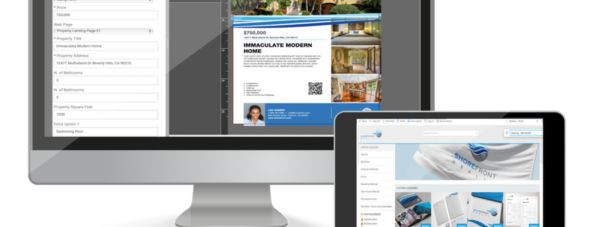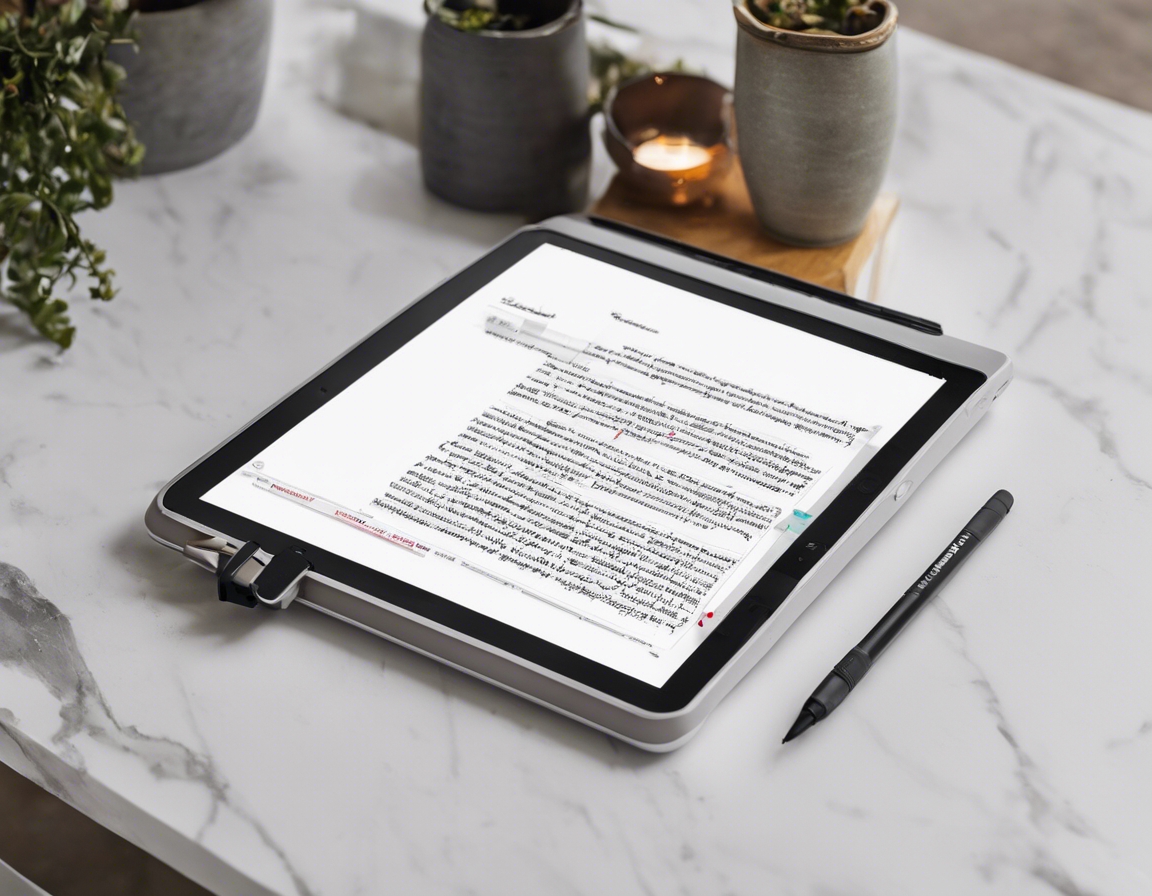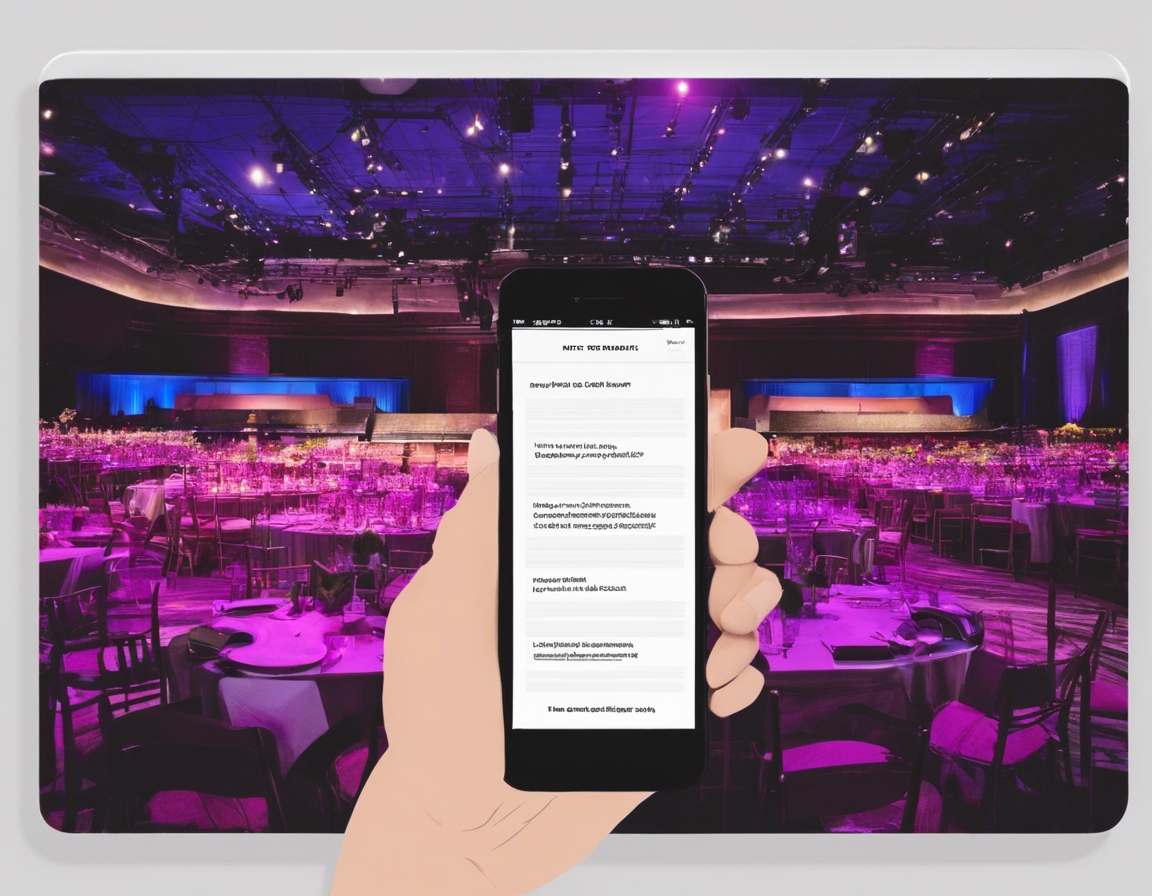Streamlining your design workflow: tips and tricks
In the fast-paced world of graphic design, efficiency isn't just a buzzword—it's a necessity. Streamlining your design workflow is crucial for staying competitive and delivering high-quality work within tight deadlines. This post will guide you through various strategies to enhance your workflow, ensuring you can focus on creativity rather than getting bogged down by process inefficiencies.
An efficient workflow can significantly impact your productivity and the quality of your output. It allows for better time management, reduces stress, and ensures that projects are completed on schedule. For graphic design professionals, print service providers, marketing agencies, and publishing companies, an optimized workflow is key to success.
Before you can streamline your workflow, it's essential to identify where bottlenecks occur. Common issues include unclear project briefs, ineffective communication, and the lack of standardized procedures, which can all lead to delays and errors in the design process.
Essential Tools for a Streamlined Workflow
Project management tools like Asana, Trello, or Jira can help organize tasks, track progress, and manage deadlines. These platforms facilitate collaboration and ensure that everyone on the team is on the same page.
Utilizing the right design software, such as Adobe Creative Suite or Sketch, can expedite the design process. Prototyping tools like InVision or Adobe XD allow for quick iterations and feedback, making the refinement process more efficient.
Asset management systems like Adobe Bridge or Extensis Portfolio help keep your digital assets organized and easily accessible, saving time and preventing the frustration of searching for files.
Best Practices for Workflow Enhancement
A consistent file naming convention can save hours of searching and confusion. It ensures that files are easily identifiable and that versions are tracked systematically.
Templates for common project types can drastically cut down on setup time. By having a set of pre-designed templates, you can maintain consistency across projects and reduce the need for repetitive work.
Automation tools can handle mundane tasks such as formatting, resizing, and exporting files. Actions in Photoshop or scripts in Illustrator are examples of how you can automate repetitive steps in your design process.
Collaboration and Communication Strategies
Tools like Slack, Microsoft Teams, or Zoom can enhance team communication and collaboration. They allow for real-time discussions, file sharing, and can integrate with other workflow tools.
Clear communication channels are vital for a streamlined workflow. Establishing guidelines for when and how to communicate can prevent misunderstandings and keep projects moving smoothly.
Quality Control and Error Reduction
Incorporating regular feedback loops into your workflow can help catch errors early and ensure that the final product meets client expectations. This can be done through design critiques or regular check-ins with clients.
Checklists can be a simple yet effective way to reduce errors. By having a list of criteria to review before a project is considered complete, you can ensure that nothing is overlooked.
Continuous Improvement and Learning
The design industry is constantly evolving, and staying informed about the latest trends and technologies is crucial. This knowledge can inform your workflow and keep you ahead of the curve.
Investing in training and development for yourself and your team can pay off in the long run. Learning new skills and techniques can make your workflow more efficient and innovative.






Comments (0)